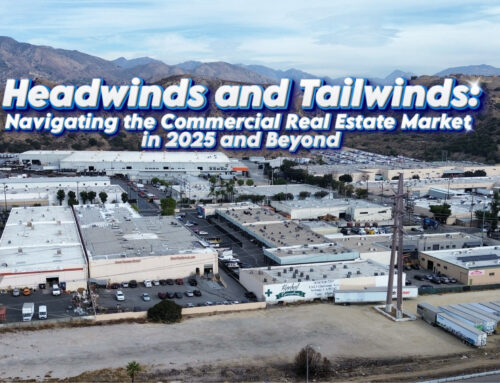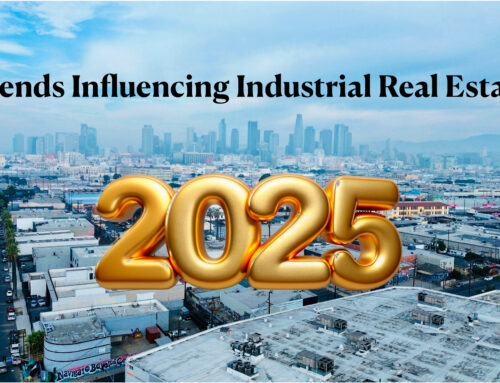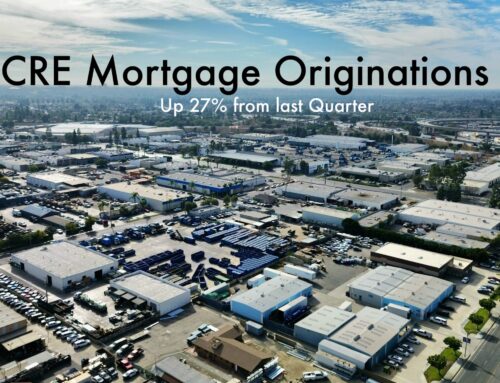Market conditions for the Los Angeles industrial market have weakened as a result of the pandemic, like most other markets across the nation and property types in L.A. Market vacancy has visibly risen from its most recent low in late 2019. Average asking rents continue to advance, but the pace of gains has trended downward.
Sales activity since the onset of the pandemic has been robust. Pricing on recent deals remains strong. It’s possible asset pricing could decline and cap rates rise in the near term given current economic conditions and uncertainty. However, investment pricing and activity in the sector are likely to hold up better versus other property types, since investment capital ready to deploy remains ample and the sector possesses a compelling investment thesis even during a pandemic.
Construction levels in the metro have been modest during the past decade, and this holds true with the current pipeline. High land costs and limited development sites inhibit construction, and as a result, most inventory in Los Angeles is older and smaller than in many other industrial markets across the nation. This has pushed development of large, modern distribution space in Southern California further east to the Inland Empire.
Trade volumes going through the ports of Los Angeles and Long Beach had been on the decline since early 2019 as a result of the trade war with China, but fortunately trade volumes have seen a strong bounce back since July. The Biden presidency is likely to be less bellicose with China than President Trump has been, but tensions with China will remain in the background. The twin ports are particularly dependent on goods from China compared to other major national ports. The ports have been a strong advantage for the L.A. industrial market for decades, but this dependence on trade with China could revert to a headwind again if tensions escalate.
The sector has seen better days, but it’s not all doom and gloom. Almost all commercial real estate is getting hit from the pandemic, and L.A. industrial is anticipated to see weaker conditions for at least the near term. But industrial real estate looks better positioned to weather the storm than other property types in the metro. The structural factors that underpin demand for L.A. industrial space are compelling, even in periods of economic turmoil. This contrasts with the office and retail sectors, which some think could be facing existential crises.

Source:CoStar Industrial Market Report, Los Angeles – 1/4/2021






